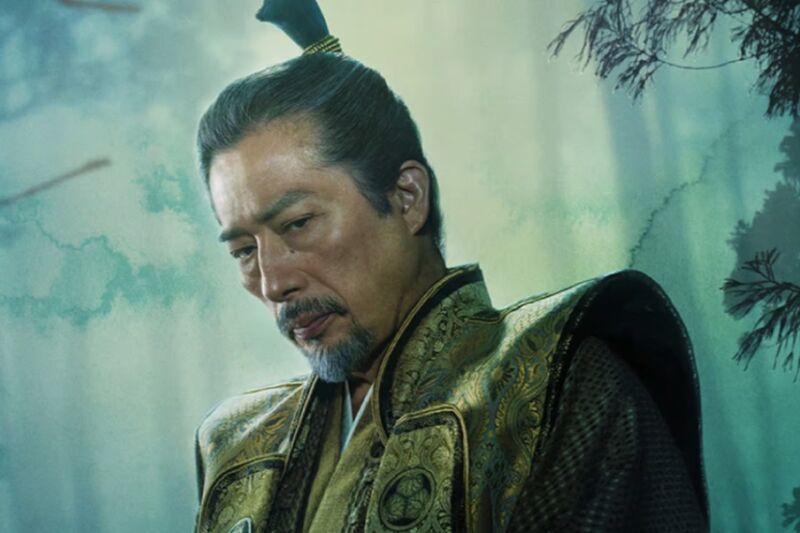Inside Shōgun: How special effects brought 17th-century feudal Japan to vivid life

Enlarge / FX/Hulu's Shgun is a stunning new adaptation of the bestselling 1975 novel by James Clavell. (credit: FX/Hulu)
FX/Hulu's new historical epic series, Shgun, based on the bestselling 1975 novel by James Clavell, has met with both popular and critical acclaim since its February premiere, drawing over 9 million views across all platforms in the first six days alone. The storytelling, the characters, the stellar performances, the expert pacing all contribute to that success. But it's also a visually stunning achievement that brings 17th-century feudal Japan to vivid life, thanks to masterful special effects that have been woven in so seamlessly, it can be challenging to distinguish between the CGI and the real footage.
The novel is a fictionalized account of the key players and events in 17th-century feudal Japan that ultimately led to the naming of a new shgun (central ruler), Tokugawa Ieyasu, and the advent of the Edo period. The climactic event was the October 21, 1600, Battle of Sekigahara, in which Tokugawa defeated a coalition of clans led by Ishida Mitsunari. Clavell's novel also includes a fictionalized version of an English navigator named William Adams, aka Miura Anjiin ("the pilot of Miura"), who was the first of his nation to reach Japan in 1600, eventually becoming a samurai and one of Tokugawa's key advisers.
Clavell's epic saga was a blockbuster success, selling over 6 million copies by 1980. The author changed the names of all the main characters, purportedly to "add narrative deniability," and despite some inevitable inaccuracies and authorial liberties, the novel is breathtaking in scope, chock-full of encyclopedic period details. In fact, Shgun is often credited with introducing an entire generation of Western readers to Japanese history and culture. "In sheer quantity, Shgun has probably conveyed more information about Japan to more people than all the combined writings of scholars, journalists, and novelists since the Pacific War," an editor named Henry Smith wrote in 1980.